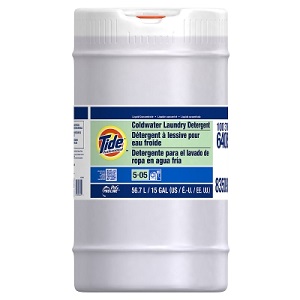Summer Storm Checklist
Plan for Disasters
According to the Federal Emergency Management Agency (FEMA), almost forty percent of small businesses who experience a disaster will never reopen. Even minor flooding can send disaster recovery costs into the tens of thousands of dollars, ruining equipment and your work space. Having a disaster recovery plan, which includes a preparedness component, will help protect your business and your employees so that you can increase the chances of recovery after a disaster.
Having a plan in place also enables you to react swiftly and hopefully limit damage to your building and lost revenue. Here are some items to consider for your emergency checklist.
Before Disaster Strikes
- Leadership is essential, so make it clear who is in charge at all times in case of an emergency.
- Educate employees on disaster procedures and protocols, such as who to call, how to get help, and what to do if no help is available.
- Ensure that employees know how and when to turn off the electricity and water to avoid damage.
- Make sure all employees know where your emergency preparedness plan is located.
- Prepare your emergency plan with contact information for emergency services along with instructions and checklists for various scenarios.
- Create an evacuation plan that outlines where you will go if authorities demand evacuation.
- Have an emergency kit nearby with first aid supplies, water, a flashlight, and other items to assist in an emergency.
After the Storm
- Be aware of the safety hazards that can be present after a severe storm, such as loose electric wires that can cause shock or unstable debris.
- Inspect windows and glass for breakage and to be sure handles and locks are working.
- Be sure to disinfect everything, especially surfaces and equipment that have been affected by flood.
- Remove any contaminated material as soon as possible to avoid the spread of bacteria.
- Use personal protective equipment when performing cleanup.
- Deep clean floors and rugs, which can harbor bacteria and mold.
- Use cleaning chemicals, or in some cases, professional cleaning and restoration services to ensure safety.
If your facility has been damaged by a severe storm you can help limit your downtime by having a plan in place for meeting the storm, as well as an action plan for cleanup. These should be part of your storm preparedness and/or disaster recovery plan, which are essential for reducing your downtime following a summer storm.
About Johnston
Johnston has always stood for reliability, commitment, quality, and service. Our heritage means years of accumulated industry knowledge, the ability to see the bigger picture, and the know-how to determine the best possible approach. Combining this mastery with the drive to deliver exceptional results, Johnston goes beyond sales, developing strategic, end-to-end tailored solutions for each customer since 1881.



